Solutions
Products
-
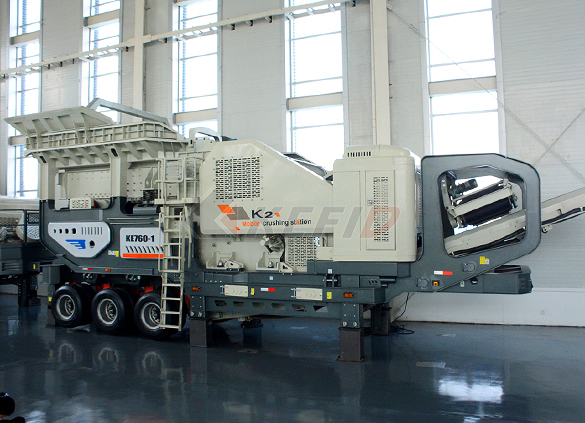
Primary mobile crushing plant
-
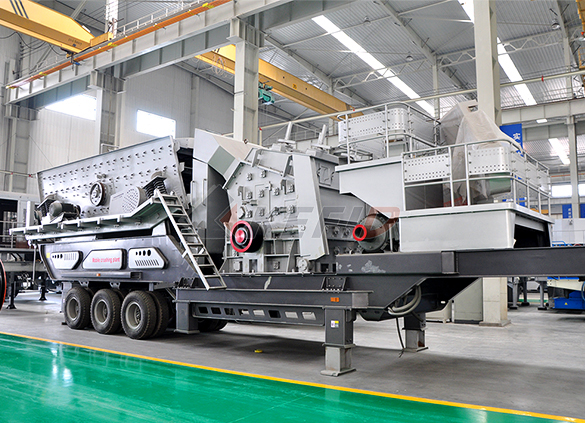
Independent operating combined mobile crushing station
-
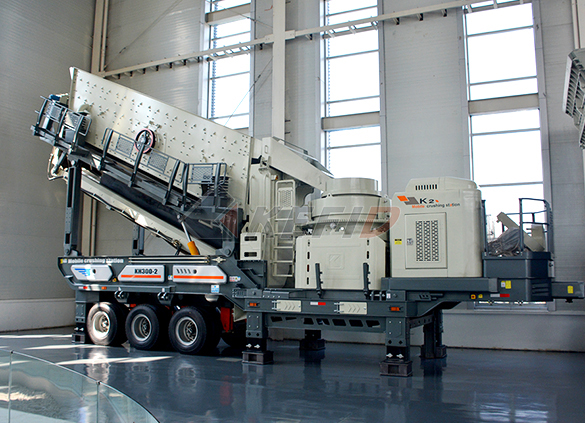
Mobile secondary crushing plant
-
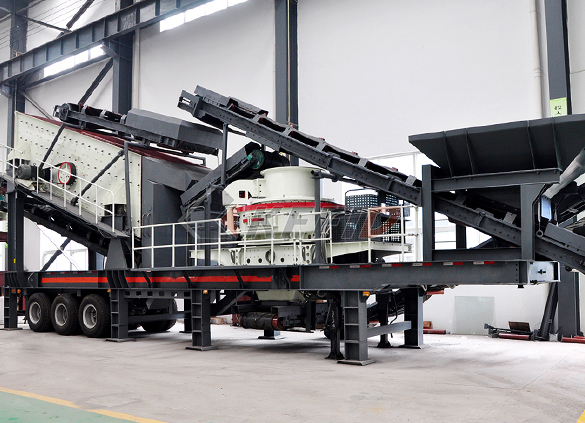
Fine crushing and screening mobile station
-
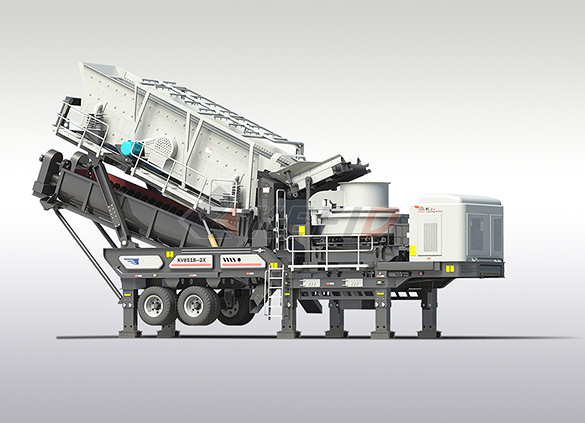
Fine crushing & washing mobile station
-
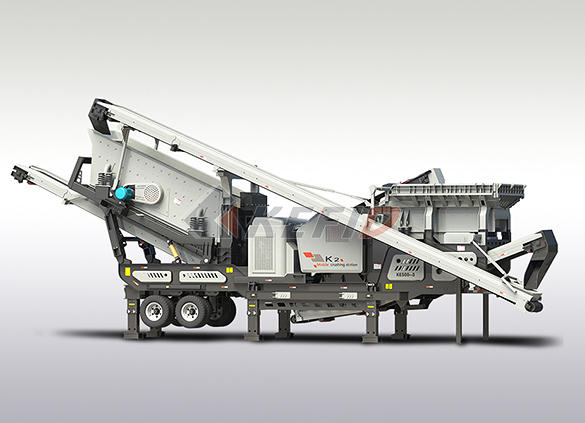
Three combinations mobile crushing plant
-
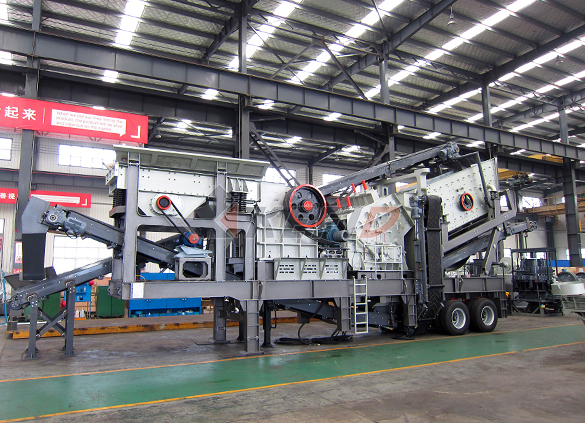
Four combinations mobile crushing plant
-
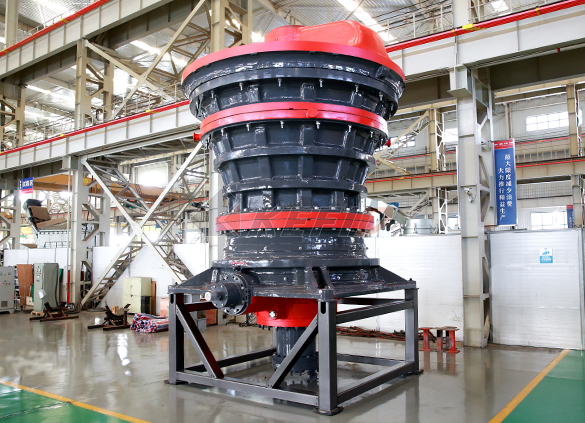
HGT gyratory crusher
-
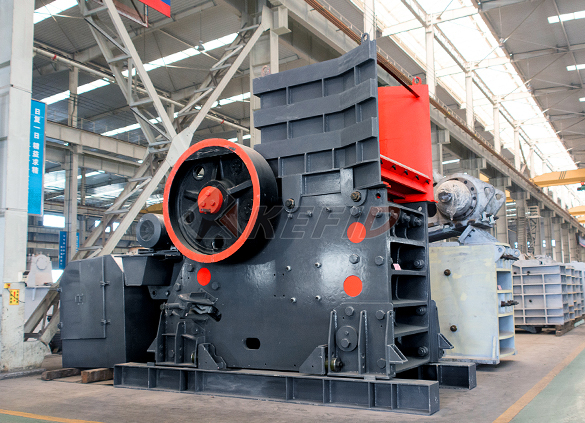
C6X series jaw crusher
-
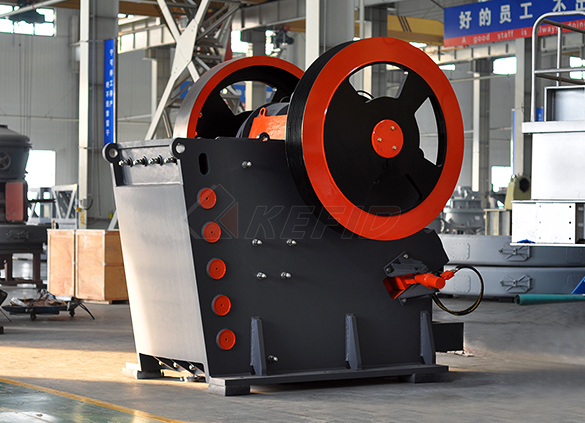
JC series jaw crusher
-
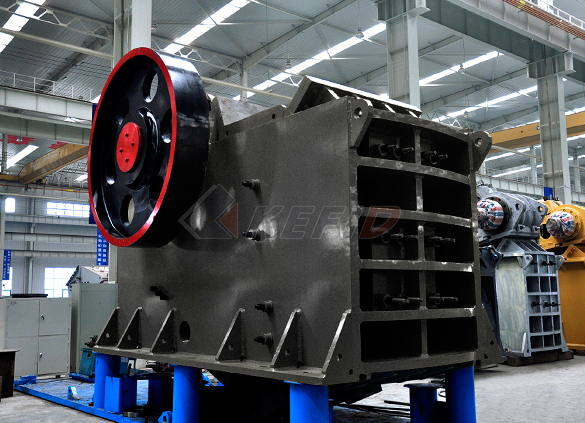
Jaw crusher
-
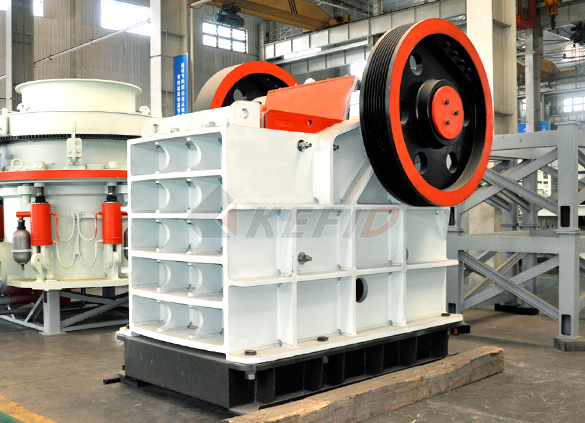
HJ series jaw crusher
-
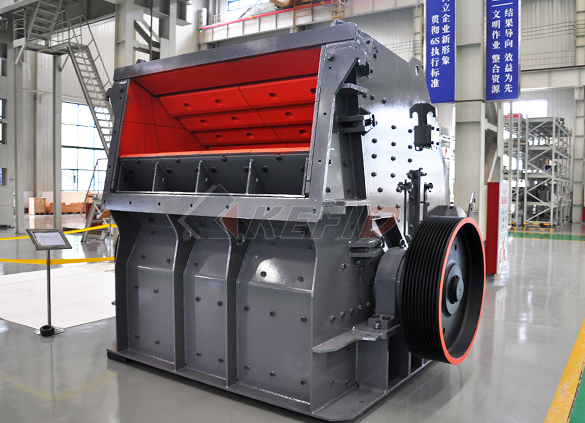
CI5X series impact crusher
-
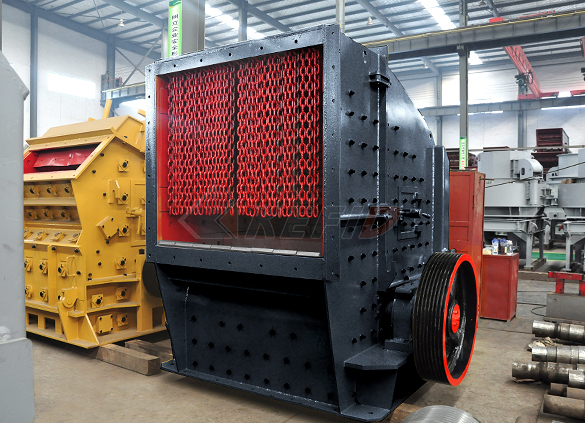
Primary impact crusher
-
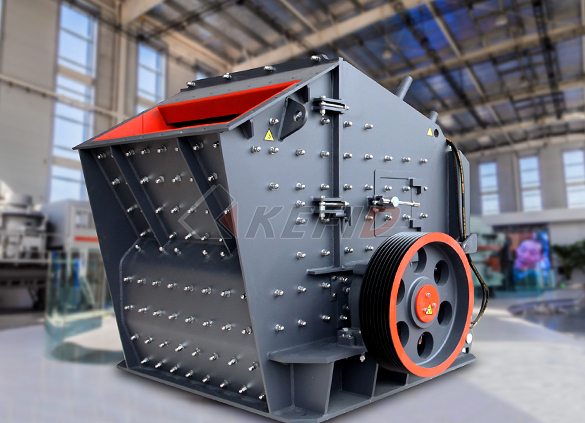
Secondary impact crusher
-
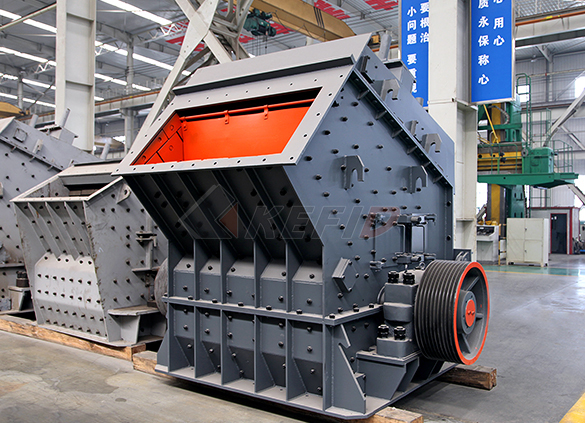
Impact crusher
-
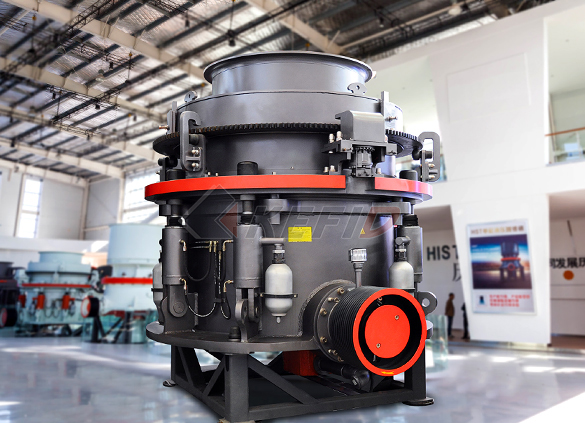
HPT series hydraulic cone crusher
-
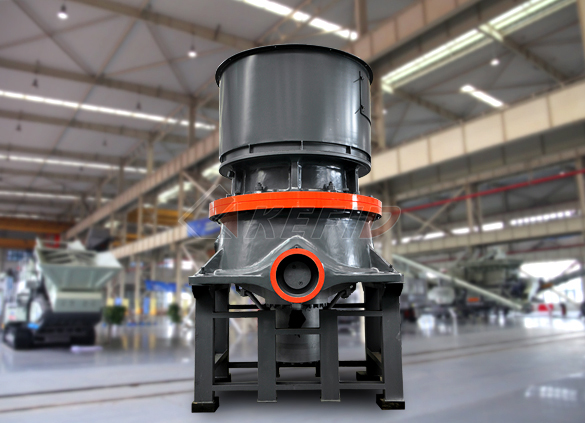
HST hydraulic cone crusher
-
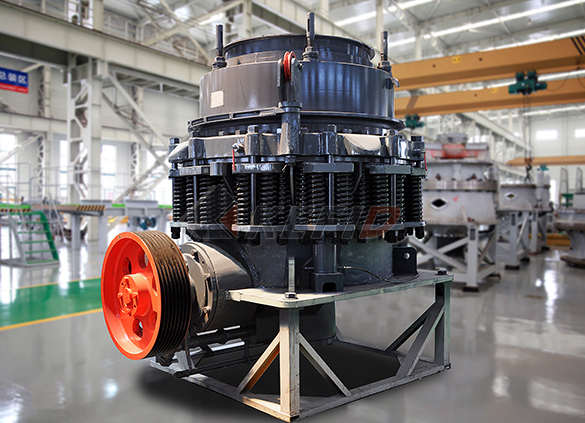
CS cone crusher
-
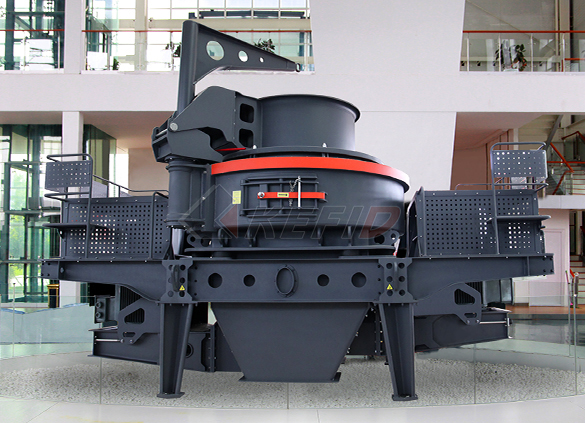
VSI6S vertical shaft impact crusher
-
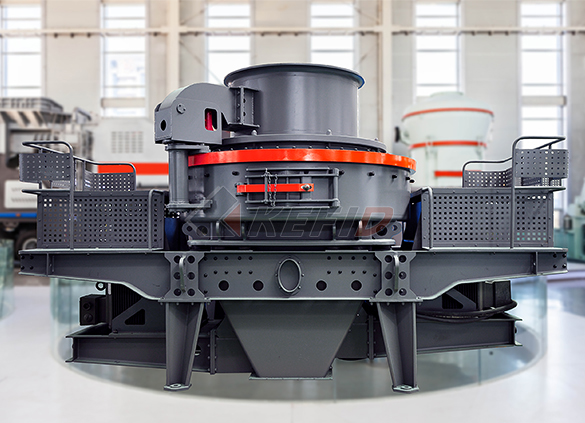
Deep rotor vsi crusher
-
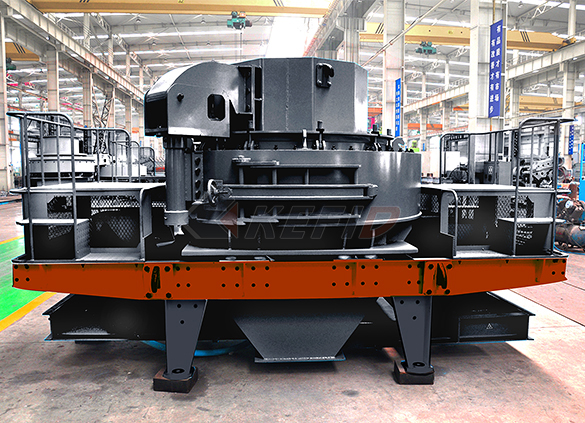
B series vsi crusher
-
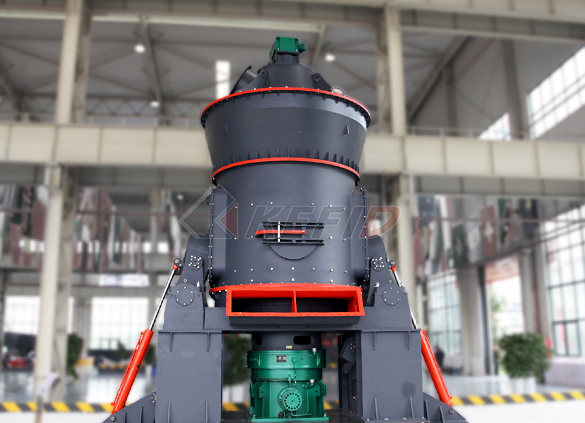
Vertical grinding mill
-
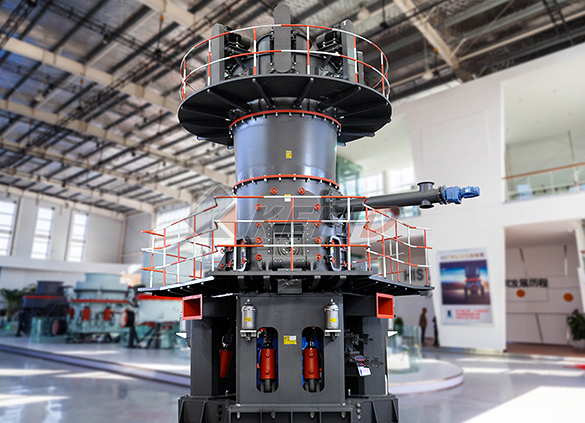
Ultra fine vertical grinding mill
-
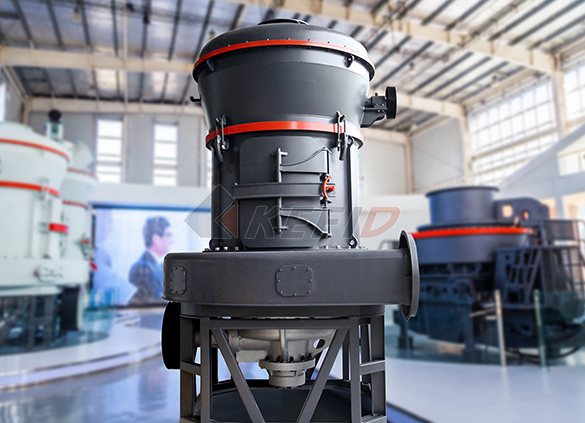
MTW european grinding mill
-
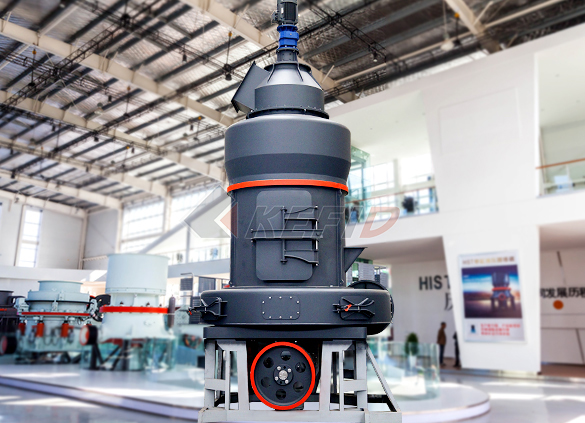
MB5X158 pendulum suspension grinding mill
-
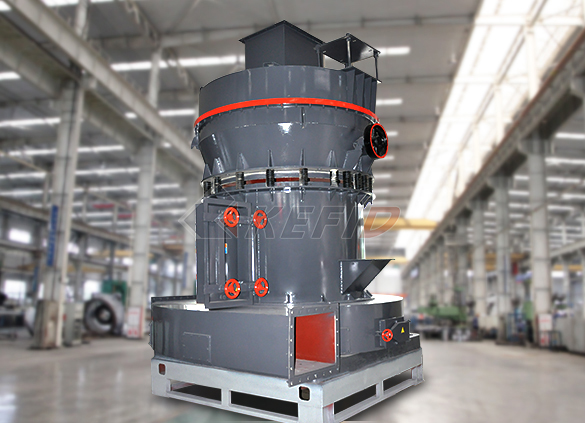
Trapezium mill
-
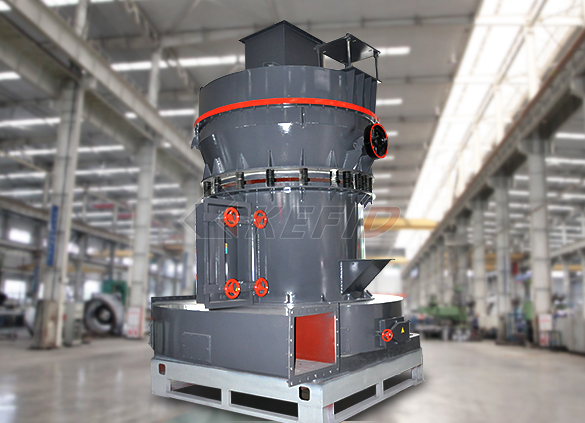
T130X super-fine grinding mill
-
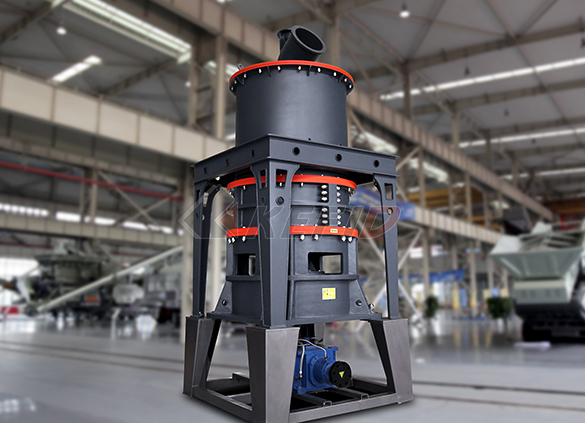
Micro powder mill
-
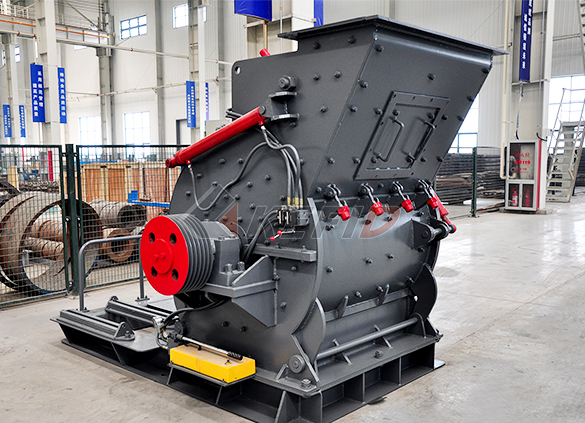
European hammer mill
-
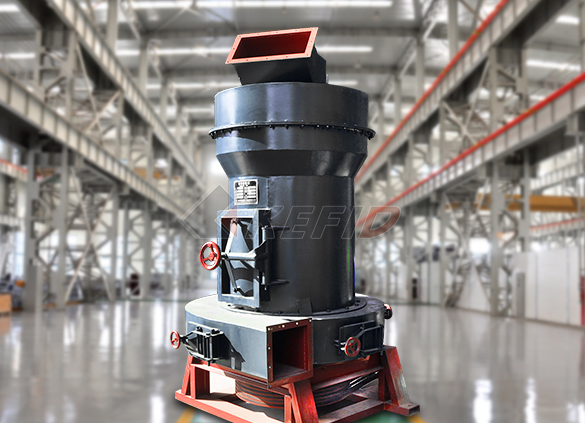
Raymond mill
-

Ball mill
-
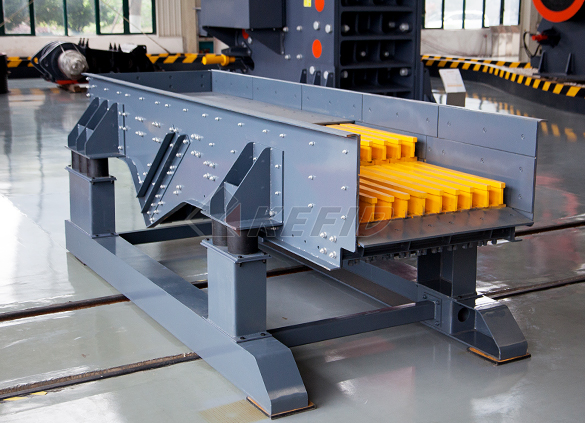
GF series feeder
-
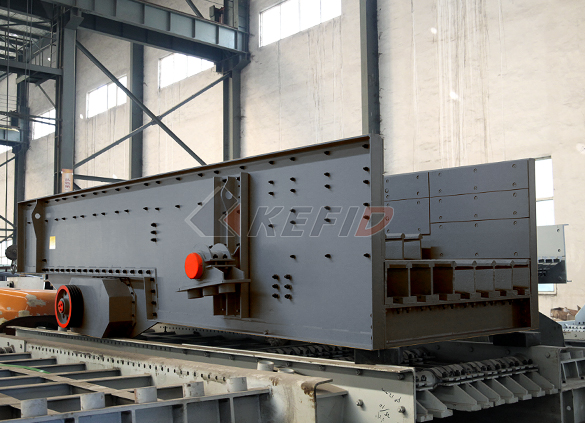
FH heavy vibrating feeder
-
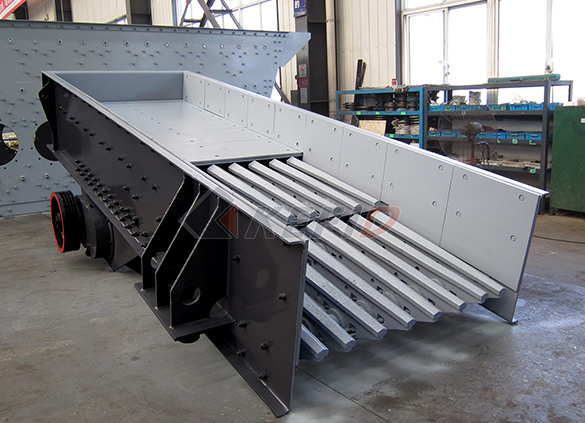
TSW series vibrating feeder
-
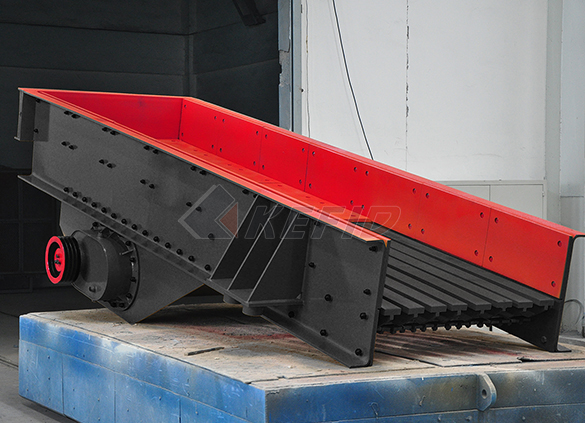
Vibrating feeder
-

Vibrating screen
-
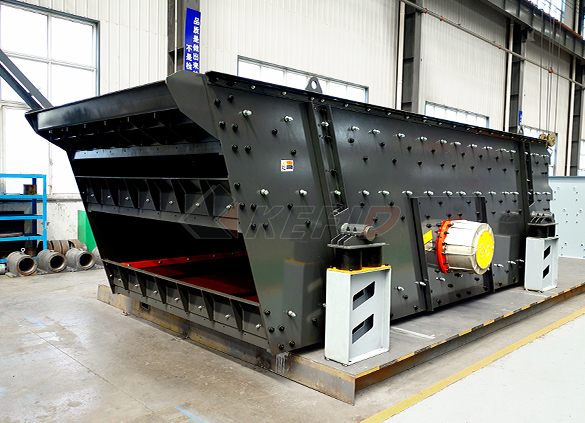
S5X vibrating screen
-

Belt conveyor
-
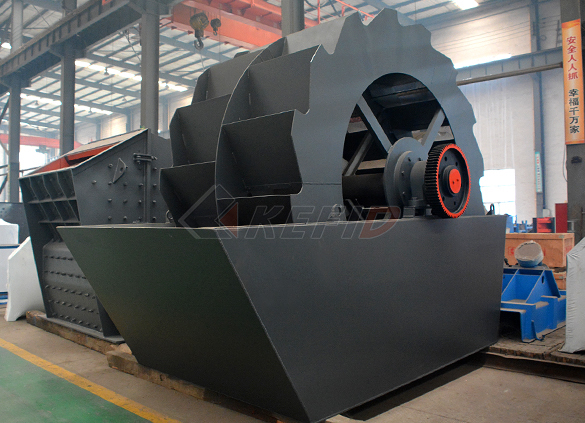
Wheel sand washing machine
-
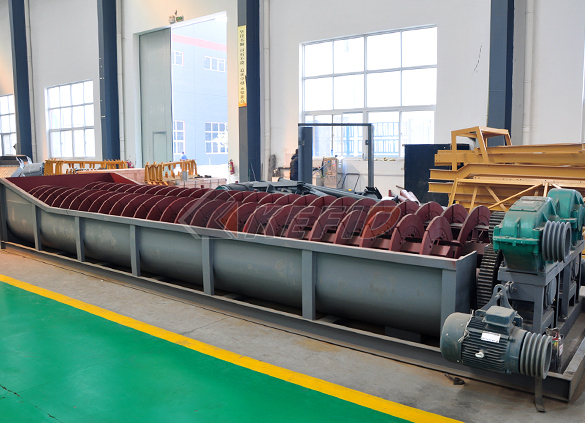
Screw sand washing machine
-
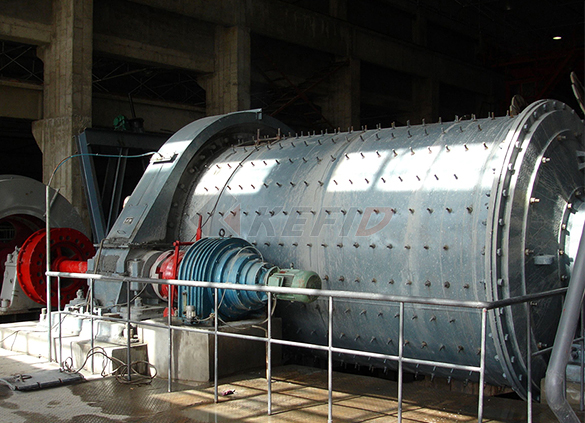
Rod mill
-

Dryer
-
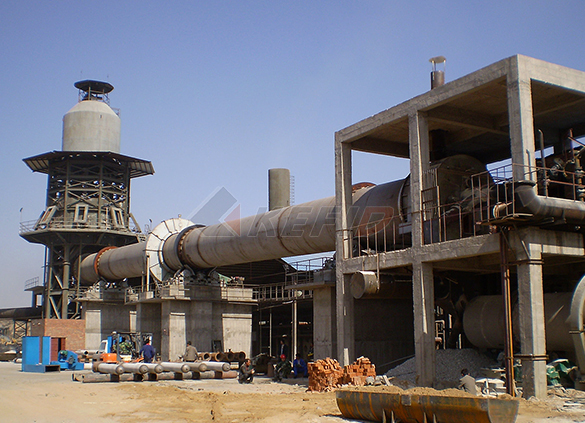
Rotary kiln
-
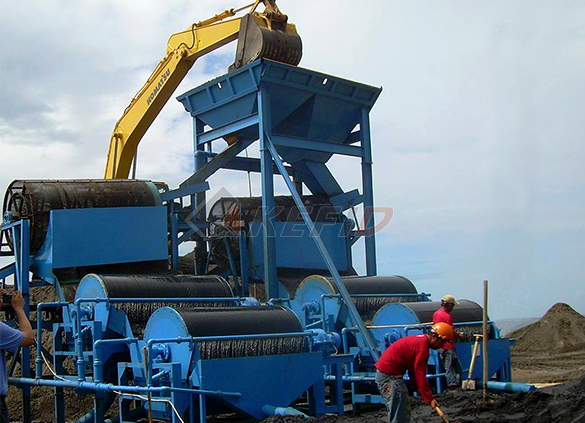
Wet magnetic separator
-
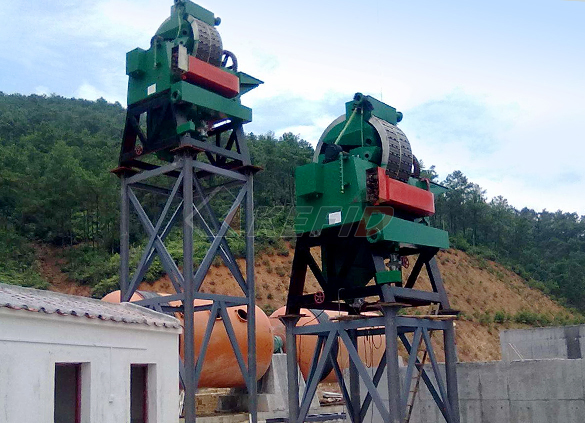
High gradient magnetic separator
-

Dry magnetic separator
-
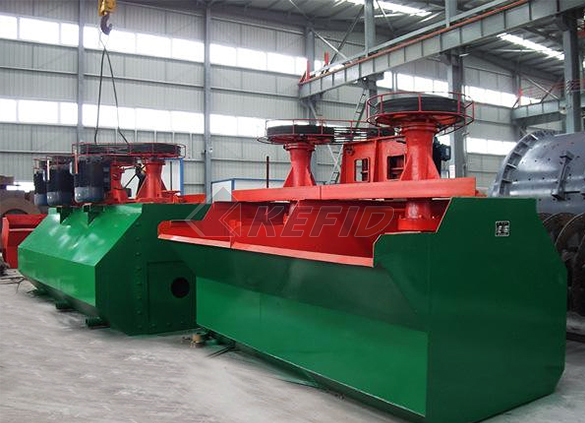
Flotation machine
-
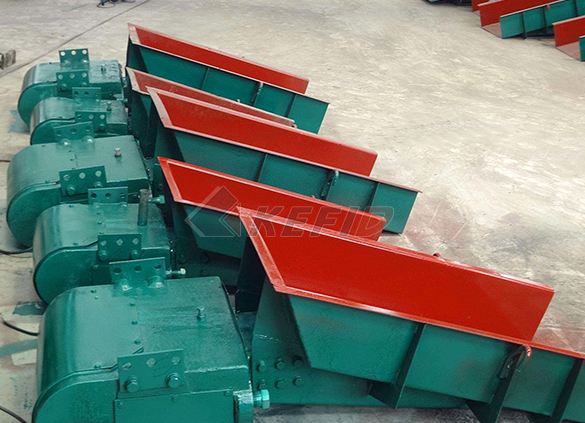
Electromagnetic vibrating feeder
-
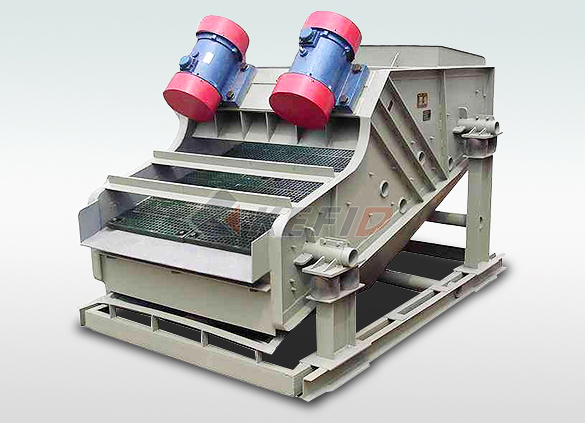
High frequency screen

Erythrocyte Sedimentation Rate and Creactive
Introduction: Erythrocyte sedimentation rate (ESR) and Creactive protein (CRP) are widely used laboratory markers of systemic inflammation Objective: A thorough understanding of the similarities and differences between these two serological markers, including factors that affect measurements, is necessary for the proper utilization and interpretation of ESR and pared to the erythrocyte sedimentation rate, Creactive protein is a more sensitive and specific marker of the acute phase reaction and is more responsive to changes in the patient’s condition There are only two circumstances where the erythrocyte sedimentation rate is superior – detecting lowgrade bone and joint infections, and monitoring disease activity in systemic lupus erythematosusErythrocyte sedimentation rate and Creactive Erythrocyte sedimentation rate (ESR) and Creactive protein (CRP) are markers of inflammatory conditions and have been used extensively by clinicians both in outpatient and inpatient settingsErythrocyte Sedimentation Rate and CReactive

Erythrocyte Sedimentation Rate, CReactive
01072009 An elevated erythrocyte sedimentation rate (ESR), Creactive protein (CRP), and/or positive rheumatoid factor (RF) test support a diagnosis of rheumatoid arthritis (RA) ESR ≥ 28 mm/h and/or abnormal CRP are frequent inclusion criteria for RA clinical trials 1Erythrocyte sedimentation rate (ESR) and Creactive protein (CRP) are markers of inflammatory conditions and have been used extensively by clinicians both in outpatient and inpatient settings It is important to understand the physiologic principles behind these two tests so clinicians may use them appropriatelyErythrocyte sedimentation rate and Creactive Bray C, Bell LN, Liang H, Haykal R, Kaiksow F, Mazza JJ, et al Erythrocyte Sedimentation Rate and Creactive Protein Measurements and Their Relevance in Clinical Medicine WMJ Off Publ State Med Soc Wis 2016;115(6):317–21 Alberta Laboratory Quality Enhancement Program Erythrocyte Sedimentation Rate (ESR) [Internet]CReactive Protein and Erythrocyte

Erythrocyte Sedimentation Rate and CReactive
The sedimentation rate of erythrocytes in plasma is known to be influenced by the level of acute phase proteins, and thus ESR has historically been used as a laboratory test for assessment of acute phase response to inflammation 5 Since elevation of ESR results from RBC rouleaux formation, for which fibrinogen, the main inductor, is known to be a slowreacting positive An elevated erythrocyte sedimentation rate (ESR), Creactive protein (CRP), and/or positive rheumatoid factor (RF) test support a diagnosis of rheumatoid arthritis (RA) ESR ≥ 28 mm/h and/or abnormal CRP are frequent inclusion criteria for RA clinical trials 1Erythrocyte Sedimentation Rate, CReactive Erythrocyte sedimentation rate (ESR) is a simple and inexpensive laboratory test that is often used to monitor disease activity in SLE The Westergren method is the recommended test procedure; however, automated closed systems are now used by many clinical laboratoriesErythrocyte Sedimentation Rate an overview

Erythrocyte Sedimentation Rate and Creactive
Introduction: Erythrocyte sedimentation rate (ESR) and Creactive protein (CRP) are widely used laboratory markers of systemic inflammation Objective: A 02102019 What is an ESR test? An erythrocyte sedimentation rate (ESR) test is sometimes called a sedimentation rate test or sed rate test This blood test doesn’t diagnose one specific condition Instead,Erythrocyte Sedimentation Rate Test (ESR Test) 01062019 Erythrocyte sedimentation rate can be identified as the rate at which red blood cells settle out when anticoagulated is allowed to stand It is a nonspecific indicator of ongoing inflammation and tissue damageWhat Happens If Erythrocyte Sedimentation
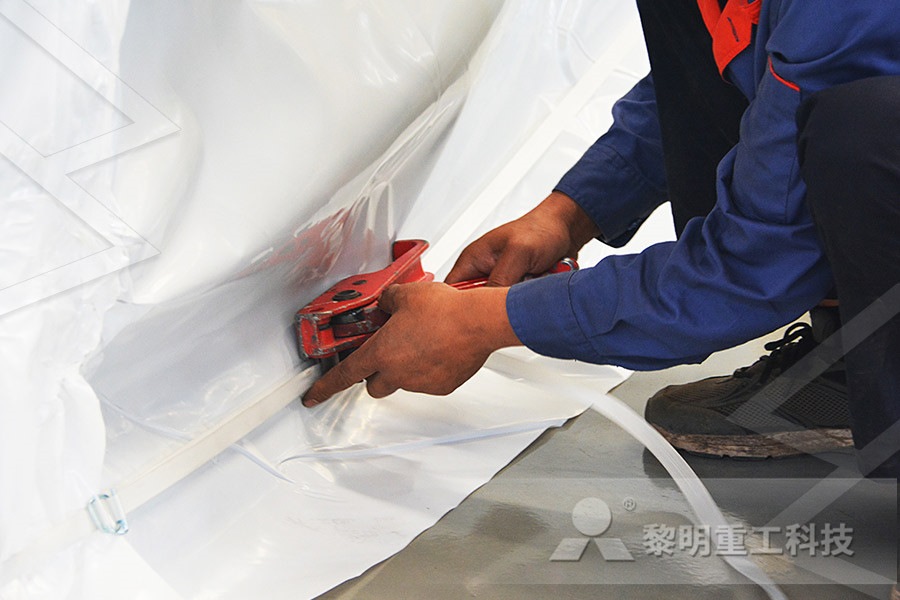
(PDF) Erythrocyte sedimentation rate and C
Erythrocyte Sedimentation Rate and CReactive Protein in the Evaluation of Disease Activity and Severity in Polymyalgia Rheumatica: A Prospective Followup Study Fabrizio Cantini, Carlo Salvarani, Ignazio Olivieri, Luigi Macchioni, Andrea Ranzi, Laura Niccoli, Angela Padula, and Luigi Boiardi Objective: To determine the frequency and clinical features of patients with Erythrocyte sedimentation rate (ESR) This test works by measuring how long it takes for red blood cells to fall to the bottom of a test tube The quicker they fall, the more likely it is there are high levels of inflammation An ESR is often used to help diagnose conditions associated with inflammation, such as: arthritis; endocarditis; Crohn's diseaseBlood tests Examples NHSLaboratory testing is widely used in assessment of patients with inflammation inasmuch inflammatory markers are usually determined as part of the initial laboratory screening of patients suspected of having an acute inflammation caused by an underlying specific disease or condition 1 The erythrocyte sedimentation rate (ESR) and Creactive protein (CRP) are the most commonly used laboratory Erythrocyte Sedimentation Rate and CReactive
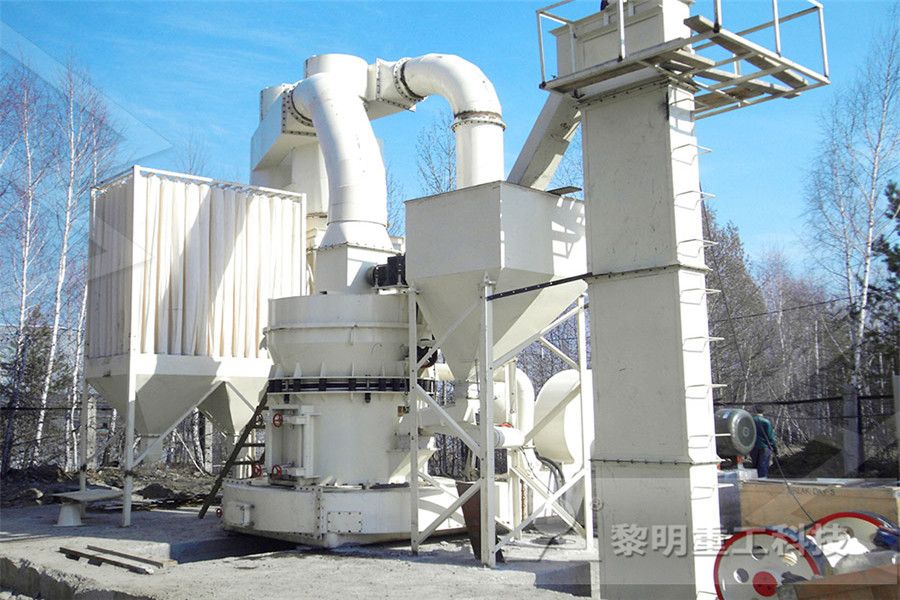
Erythrocyte Sedimentation Rate and Creactive Protein
Introduction: Erythrocyte sedimentation rate (ESR) and Creactive protein (CRP) are widely used laboratory markers of systemic inflammation Objective: A thorough understanding of the similarities and differences between these two serological markers, including factors that affect measurements, is necessary for the proper utilizaObjective To analyze erythrocyte sedimentation rate (ESR), Creactive protein (CRP), and rheumatoid factor (RF) tests in 2 databases of consecutive patients with rheumatoid arthritis (RA) over 25 years between 1980 and 2004, in Finland and the USA Methods Databases of 1892 patients of 7 rheumatologists in Jyväskylä, Finland, and 478 of one author in Nashville, TN, USA, seen in usual Erythrocyte Sedimentation Rate, CReactive Bray C, Bell LN, Liang H, Haykal R, Kaiksow F, Mazza JJ, et al Erythrocyte Sedimentation Rate and Creactive Protein Measurements and Their Relevance in Clinical Medicine WMJ Off Publ State Med Soc Wis 2016;115(6):317–21 Alberta Laboratory Quality Enhancement Program Erythrocyte Sedimentation Rate (ESR) [Internet]CReactive Protein and Erythrocyte
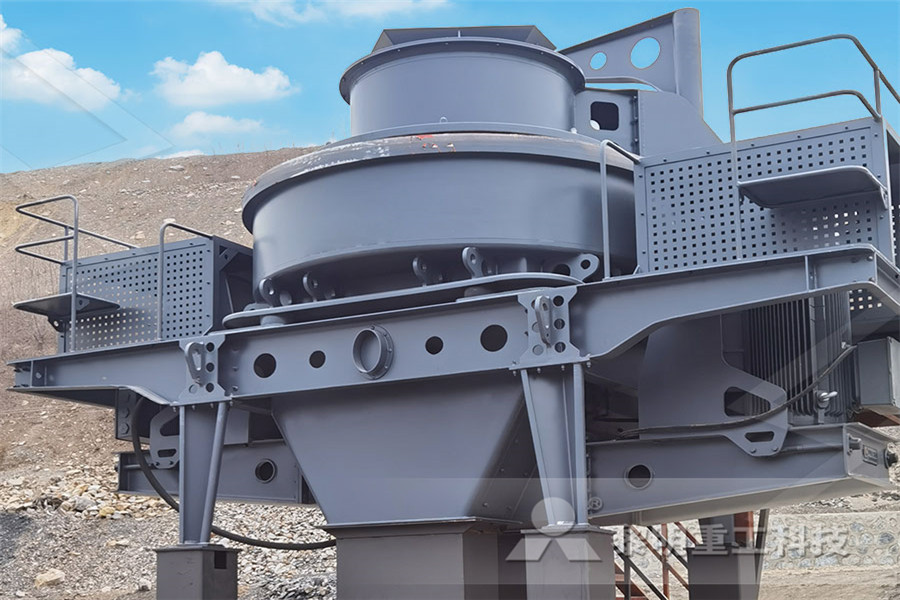
Erythrocyte sedimentation rate and Creactive protein
Erythrocyte sedimentation rate, Creactive protein, rheumatoid arthritis, systemic lupus erythematosus, osteoarthritis 815 ESR and CRP in RA, SLE and OA / RT Keenan et al Robert T Keenan, MD, MPH Christopher J Swearingen, MS Yusuf Yazici, MD Please address correspondence and26112020 The erythrocyte sedimentation rate (ESR) and Creactive protein (CRP) are traditional inflammatory markers that have been used to help assess the activity of inflammation in various diseases, such as systemic lupus erythematosus [14,15,16,17], rheumatoid arthritis [18, 19], and vasculitis Elevation of erythrocyte sedimentation rate and Introduction: Erythrocyte sedimentation rate (ESR) and Creactive protein (CRP) are widely used laboratory markers of systemic inflammation Objective: A thorough understanding of the similarities Erythrocyte Sedimentation Rate and Creactive

CReactive Protein and Erythrocyte
Creactive protein (CRP) and erythrocyte sedimentation rate (ESR) are known as acute phase proteins, which reflect a measure of the acutephase response The term “acute phase” refers to local and systemic events that accompany inflammation Local responses include vasodilation, platelet aggregation, neutrophil chemotaxis, and release of lysosomal enzymes01062019 It is affected by the concentrations of immunoglobulins and acute phase proteins like fibrinogen, Creactive protein, and haptoglobin, which become elevated in ongoing inflammation When discussing ESR it is important to know what happens if erythrocyte sedimentation rate is high ESR test result reference range varies according to age and sexWhat Happens If Erythrocyte Sedimentation 13072020 To evaluate the association between highsensitivity Creactive protein (hsCRP) and erythrocyte sedimentation rate (ESR), and diabetic kidney disease (DKD) in patients with type 2 diabetes mellitus (T2DM) A crosssectional study was conducted in 1210 patients with T2DM, among whom 265 had DKD The severity of DKD was assessed by estimatedglomerular filtration rate The association of erythrocyte sedimentation